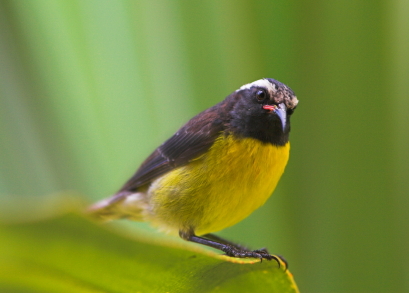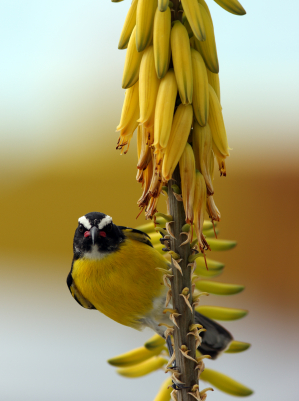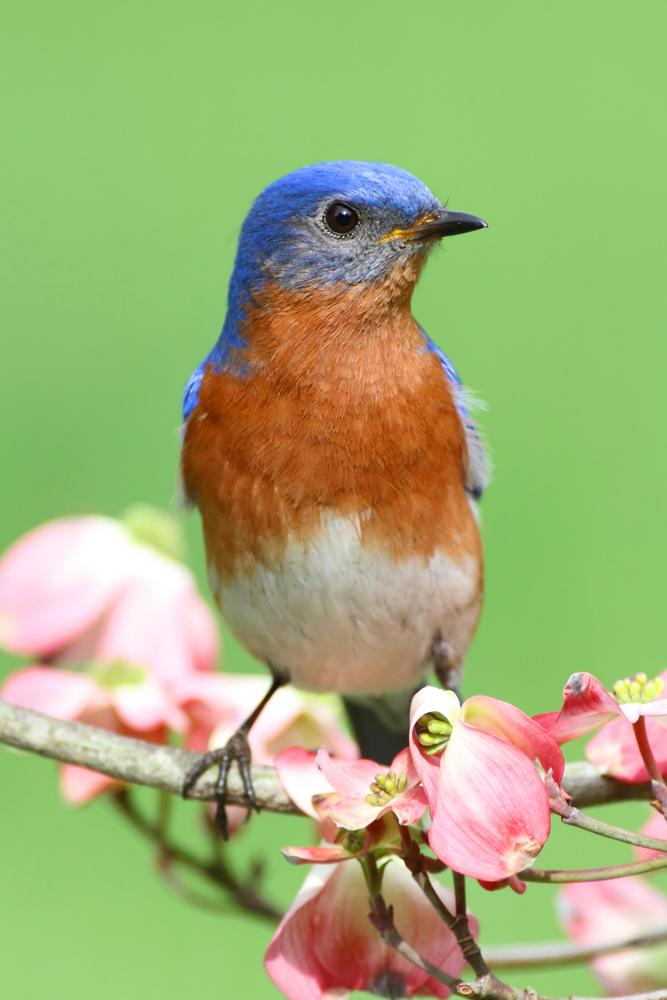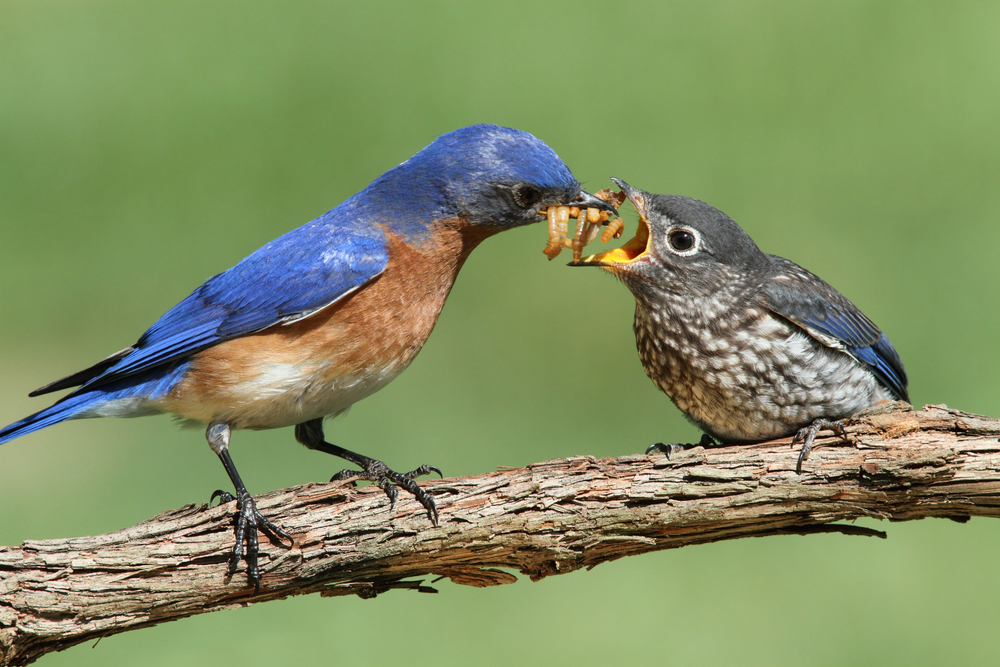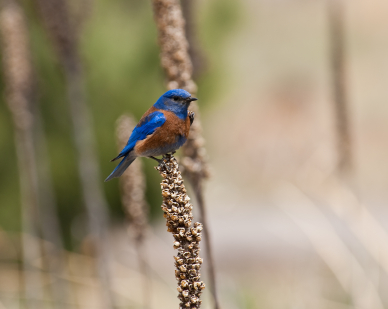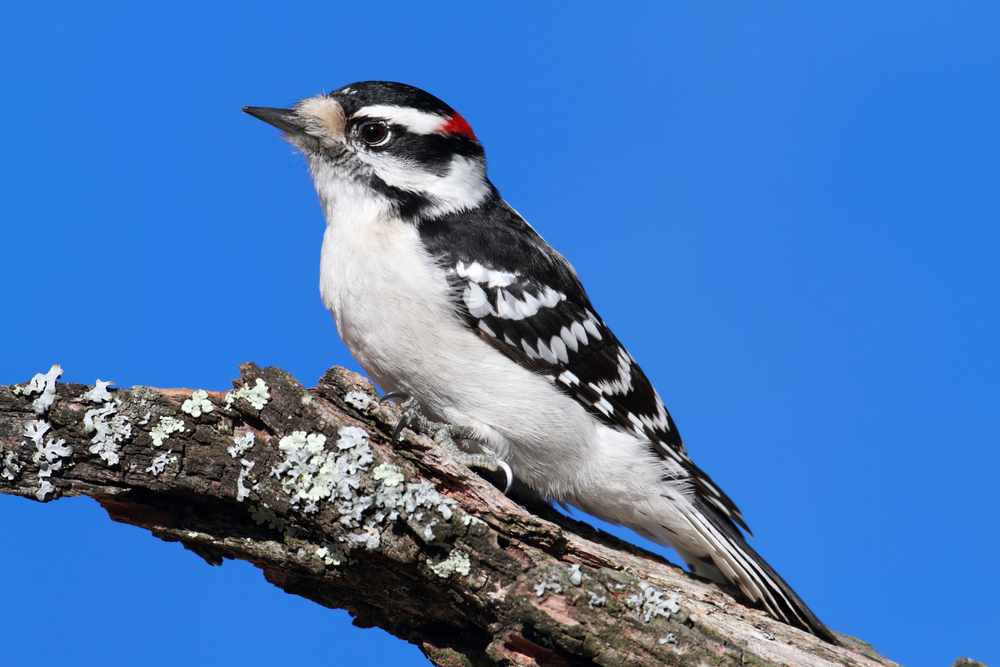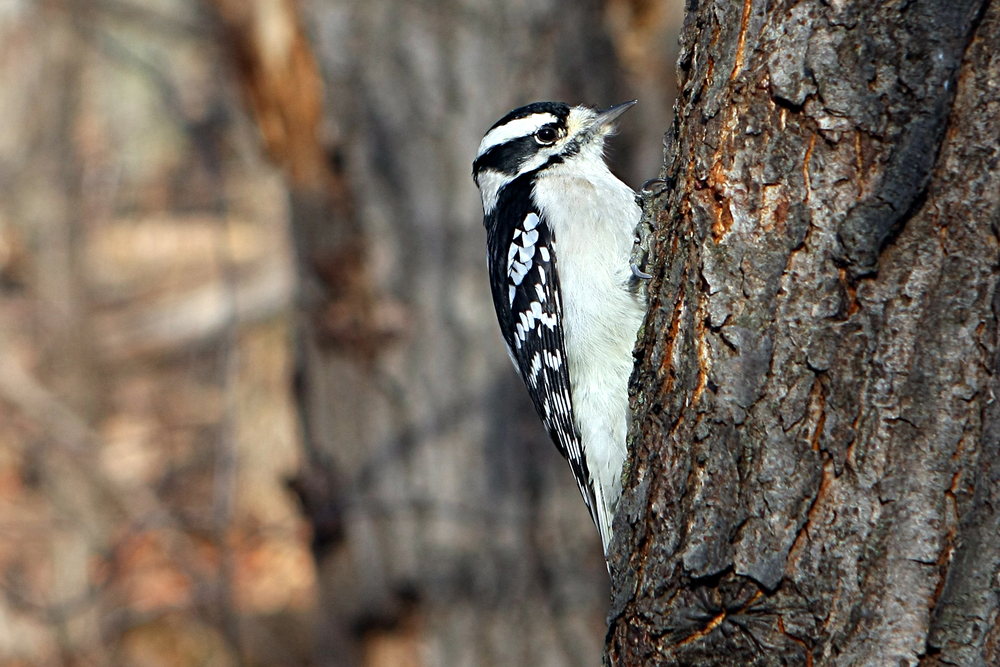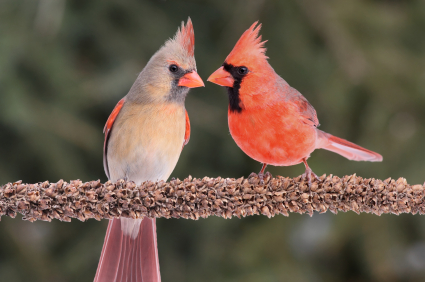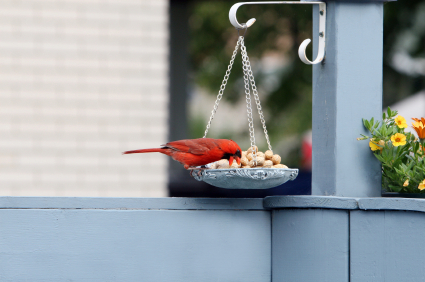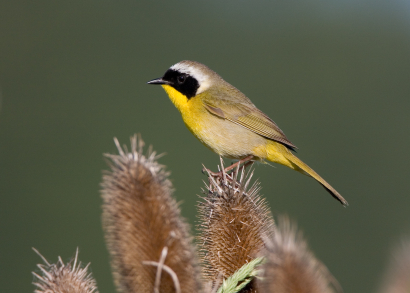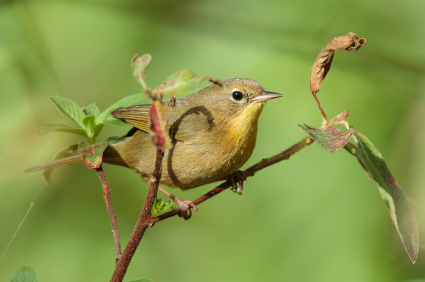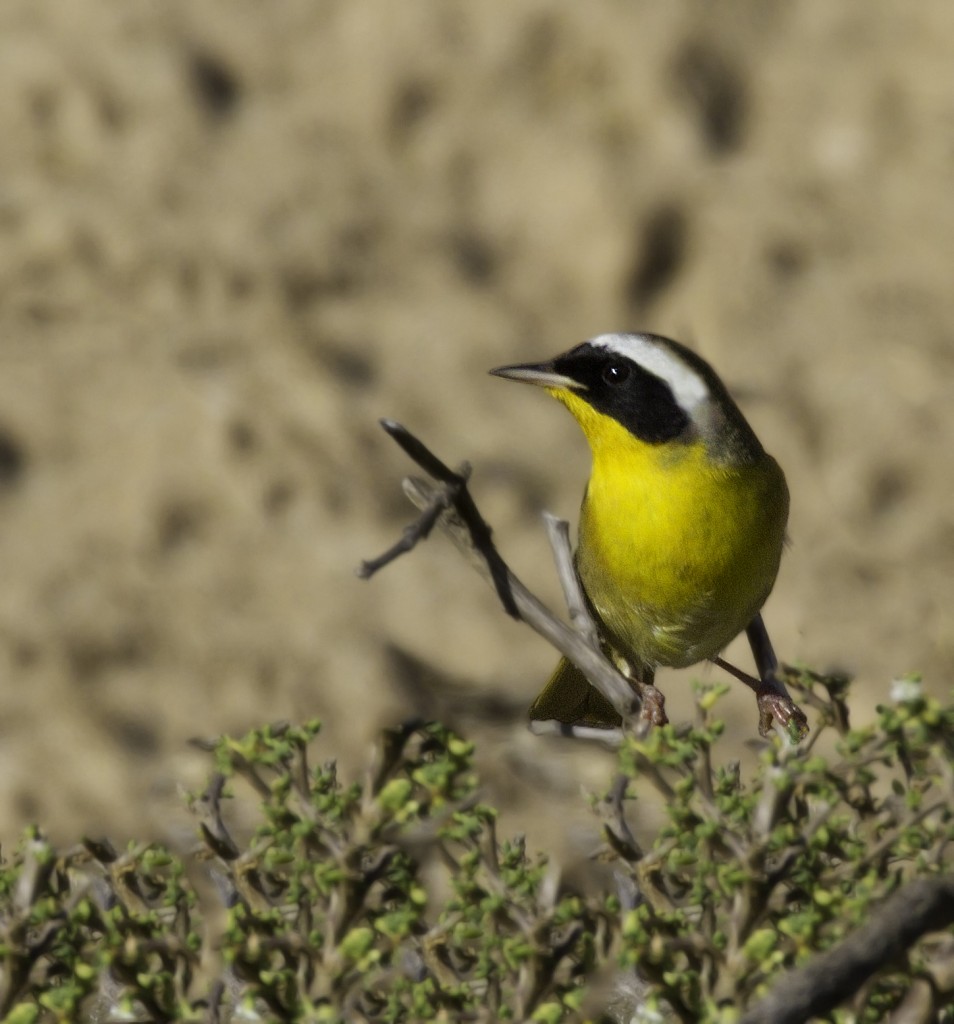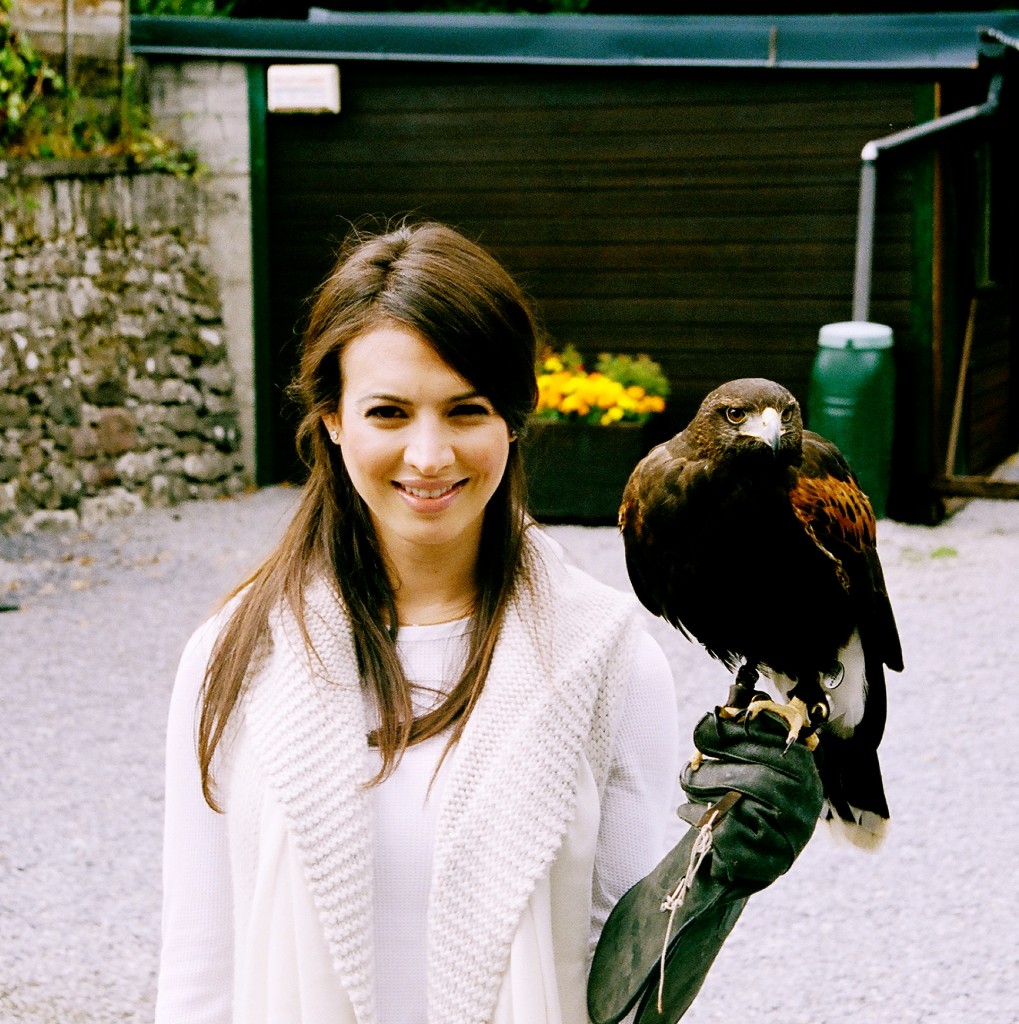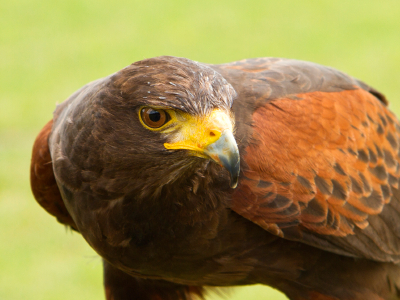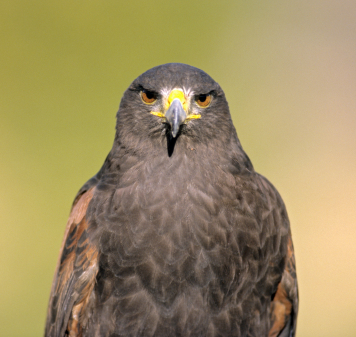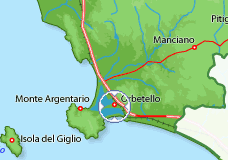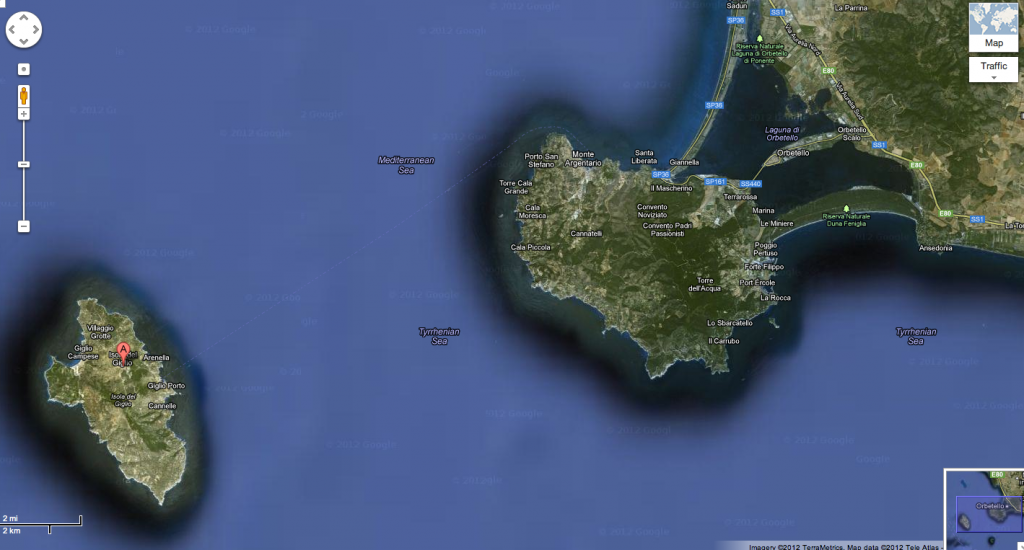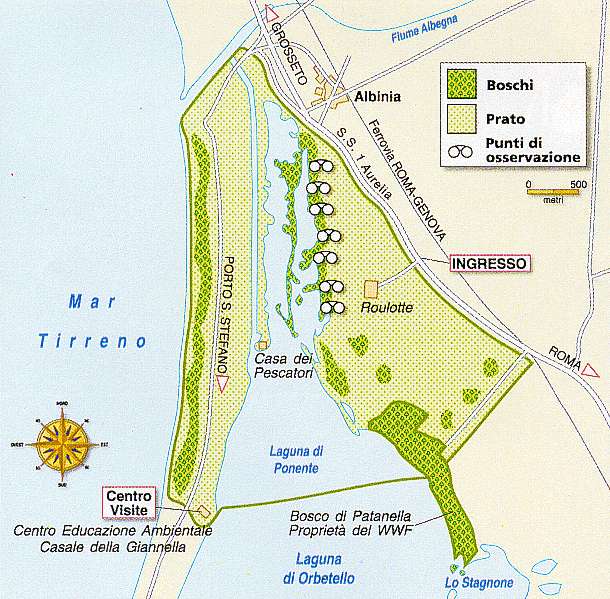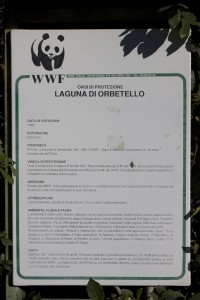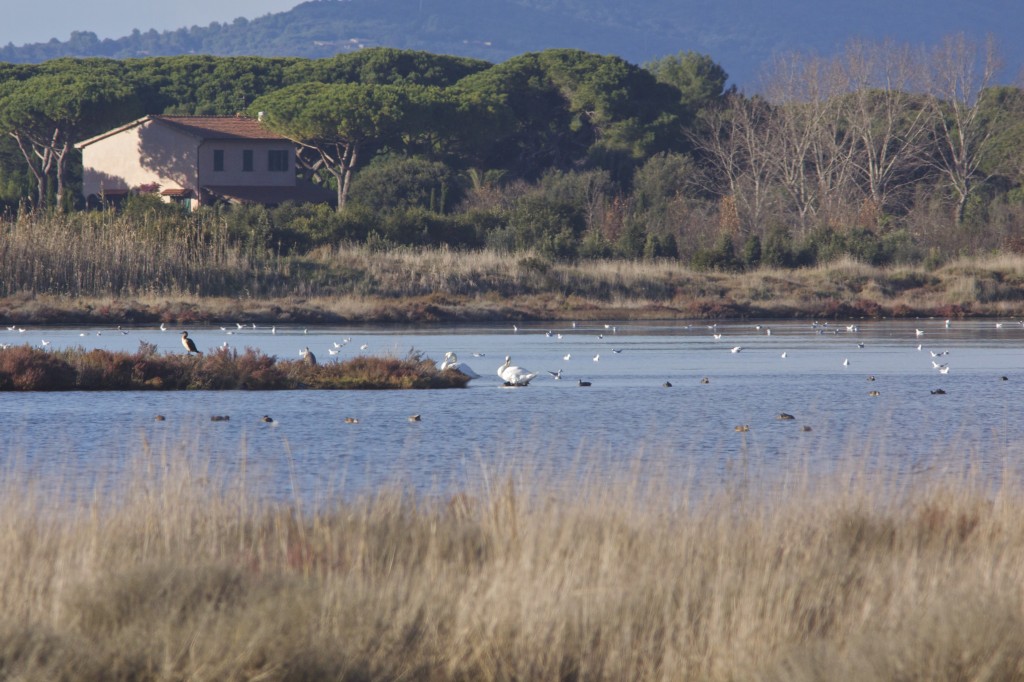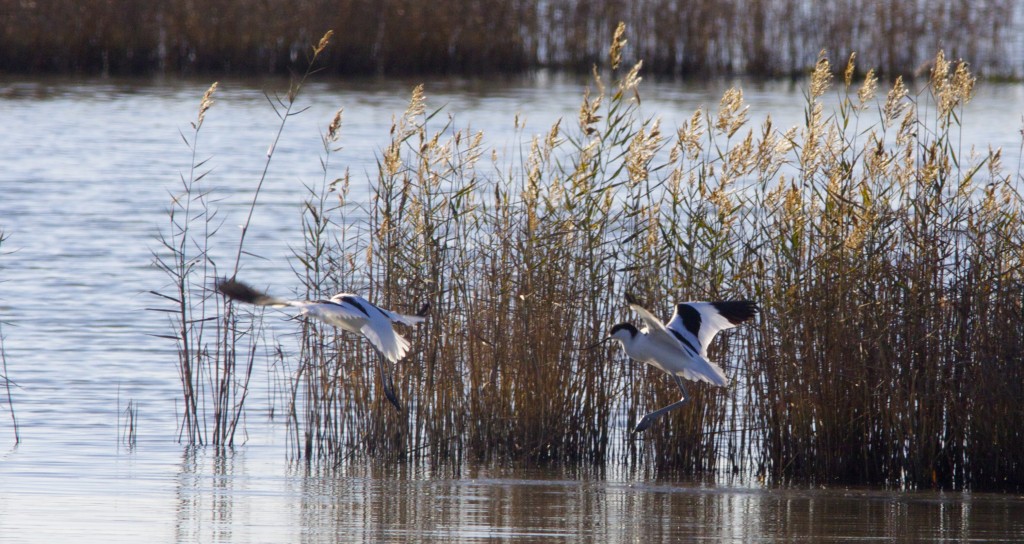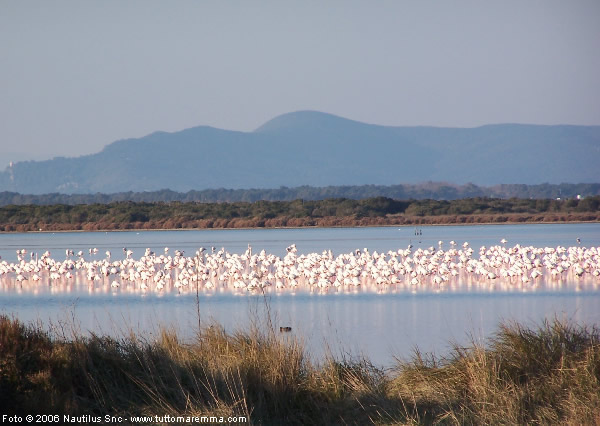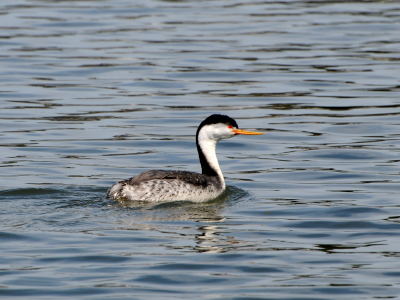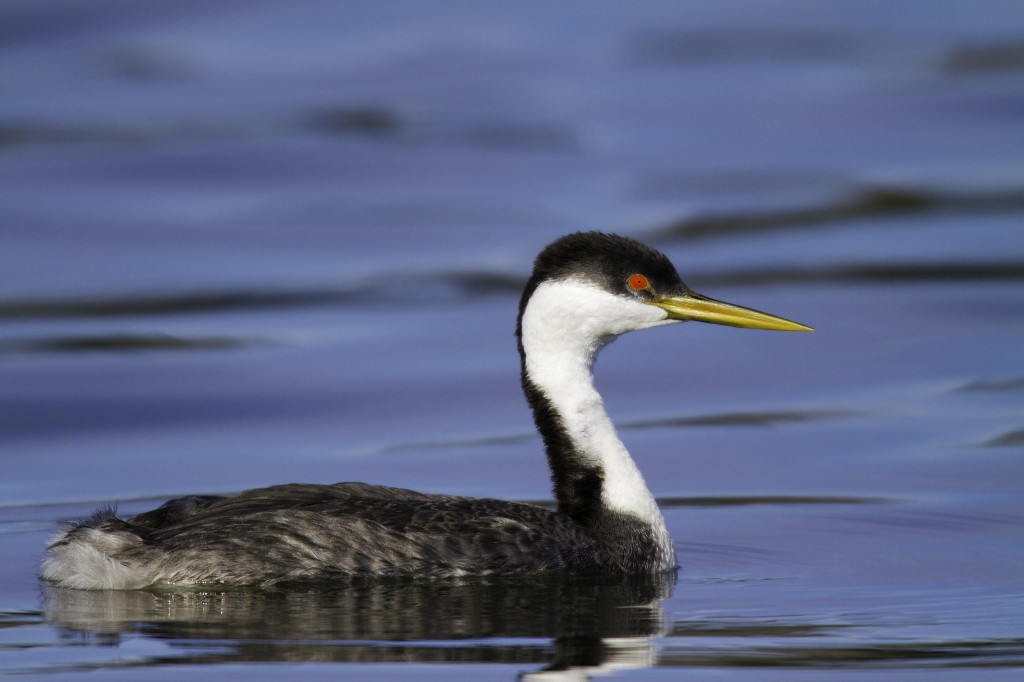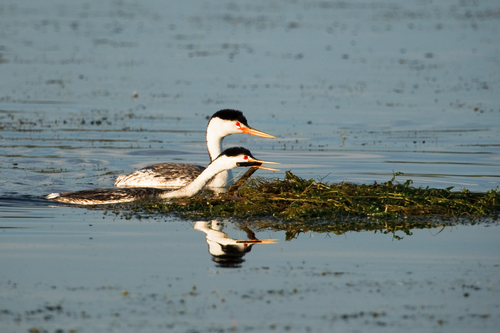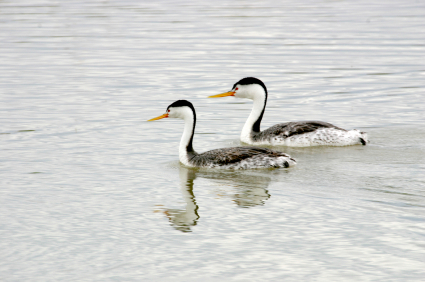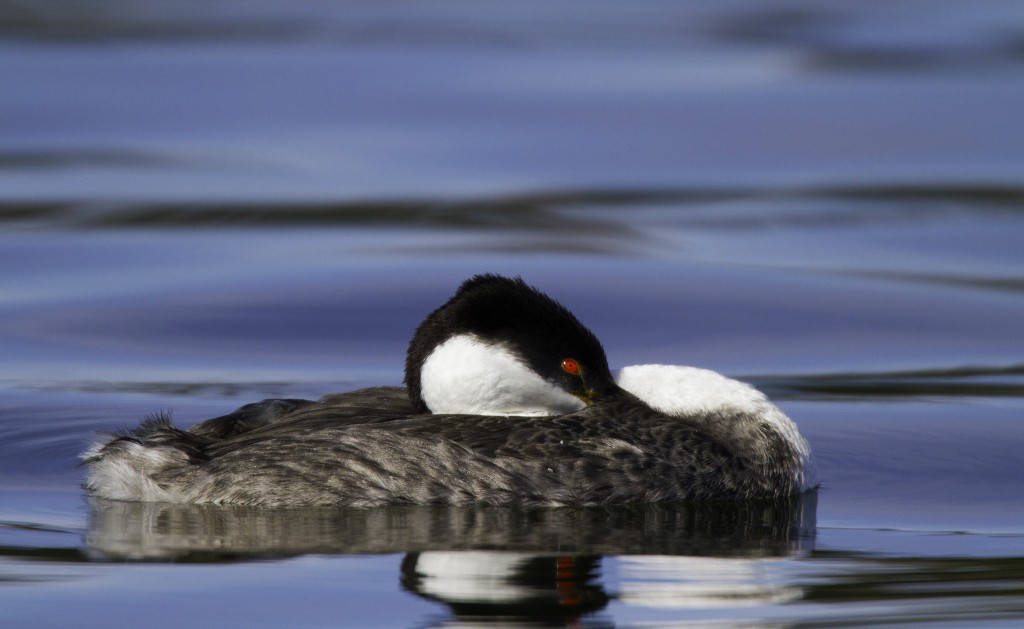It was December 2010. I was enjoying a short visit with some close friends in Italy. One of my all-time favorite birders, Davide, insisted that we drive up to a reserve in the southwest corner of Tuscany, near the province of Grosseto. Given the location and time of year, I began wondering, ‘what exactly does he want to show me?’ And then it came to me… Flamingoes, of course! It was the perfect season to witness the flamingo migration over Tuscany. We leave for “Laguna di Orbetello,” which is considered the most significant area for birds on the western coast of Italy. I am bursting with excitement as Davide describes how the lagoon boasts a nature reserve that is superb for bird watching…
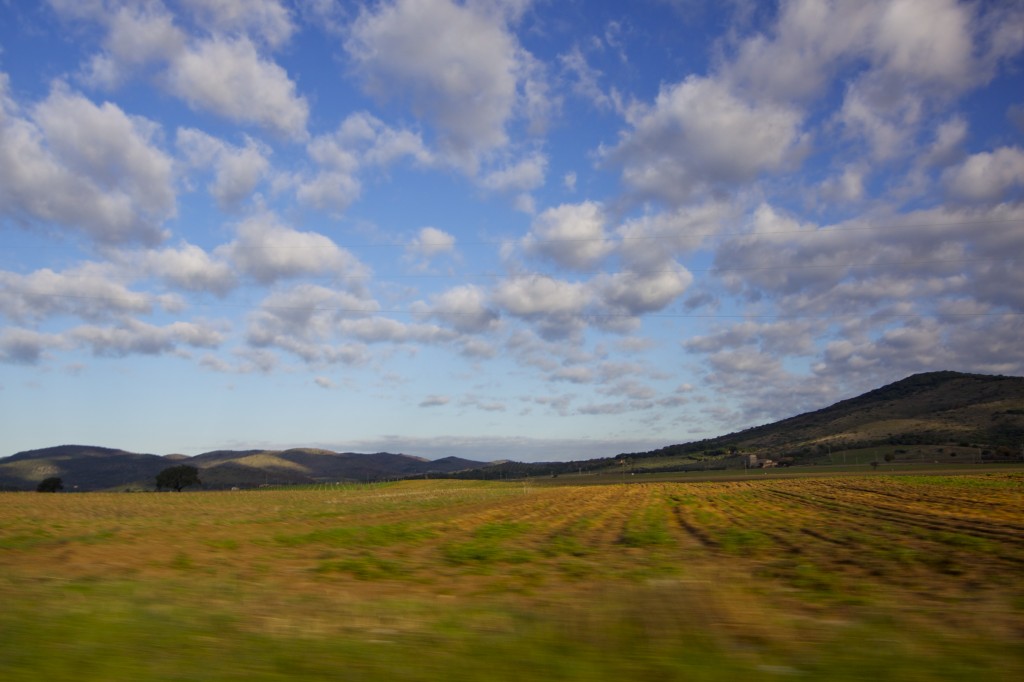
- Driving through the Tuscan countryside
ORBETELLO
Orbetello’s lagoon offers exceptional birding, with confirmed sightings of 200 of Italy’s 450 species (some claim that sightings are closer to 300 species).
One reason for the variety is the relative lack of avian refuge on Italy’s west coast. Another is the lagoon’s modest depth (only 1 meter), which means an accessible mulch of fish and assorted food; there are also a variety of marsh, dune and reed habitats for nest building. Even rare species are frequently sighted. In fact, many of them are known to breed in the area.
The Stone Curlew, Great Spotted Cuckoo, Osprey, European Bee-eater, Greater Flamingo, Montagu’s harrier, Marsh harrier, and Black-winged Stilt, are among the most notable. On top of that, we spot more species than I can possibly even mention. From Mute Swans to Tawny Pipits and Ortolan Buntings to Peregrine Falcons, the day is full of spectacular sights.
It is possible to see wildlife from almost any point on the lagoon.
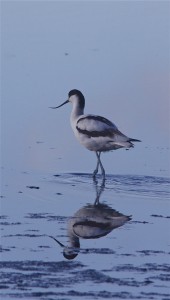
- The Pied Avocet Recurvirostra Avosetta

- Flamingoes by the hundreds… I’m in awe. A pretty brutal photo, I know. I included another one below from http://filastrocche.it/ so that I could do these beauties some justice….
And, it is not unusual for the flamingoes to stay for the summer.
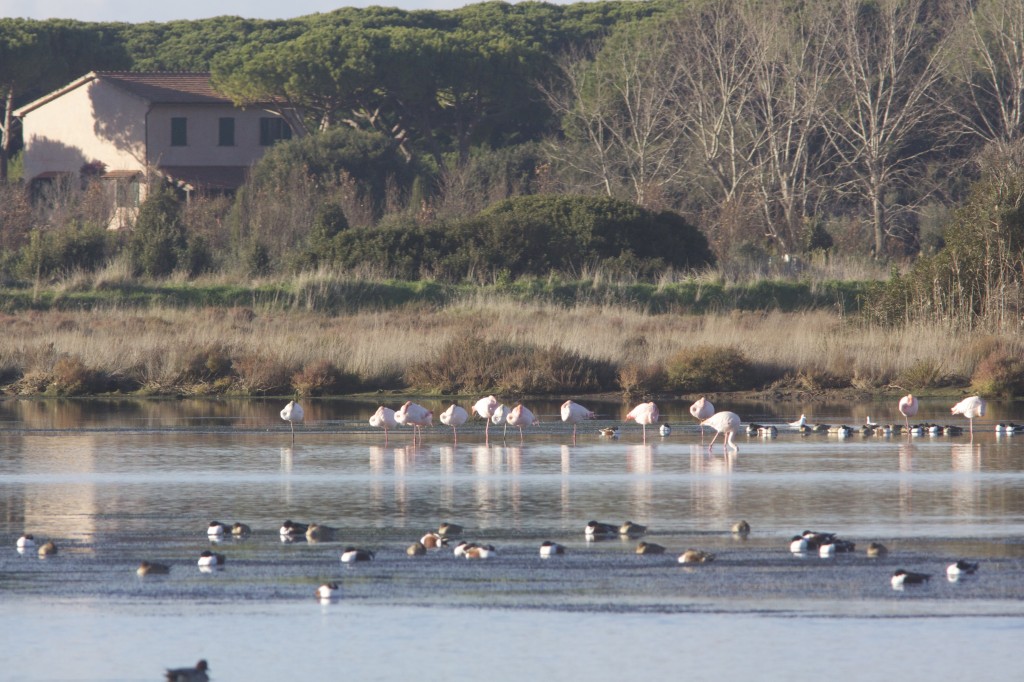
- The Orbetello Lagoon is the only place in Europe where one can find a large colony of pink Greater flamingoes. Originally from Africa, these pink spectacles settle in Tuscany because of its mild climate.
We opt to head over to the northernmost corner of the lagoon, near the town of Albinia. Davide and I find ourselves at a small nature reserve, L’Oasi di Protezione della Laguna di Orbetello, established by the World Wide Fund for Nature*.
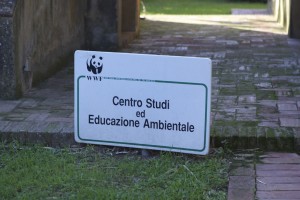
- An Orbetello Educational Center for Environmental Studies
There, we speak with some naturalists who suggest that we head over to the Lago di Burano for sunset. They explain that evening is the best time around the lagoon: not only is the wildlife most visible then, the sunsets over the water and the mountains are breathtaking! We speed on over.
LAGO DI BURANO
Technically a lagoon rather than a lake, Burano is a placid stretch of water shielded from the sea by vegetation covered dunes. We arrive and park the car.
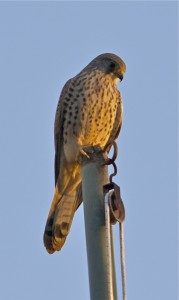
- We were greeted by a Common Kestrel upon arrival!
The day has flown by. Coincidentally, we run into some world-renowned wildlife photographers who are close friends with Davide’s father, Lauro. They urge us to follow them. Without question, we do.
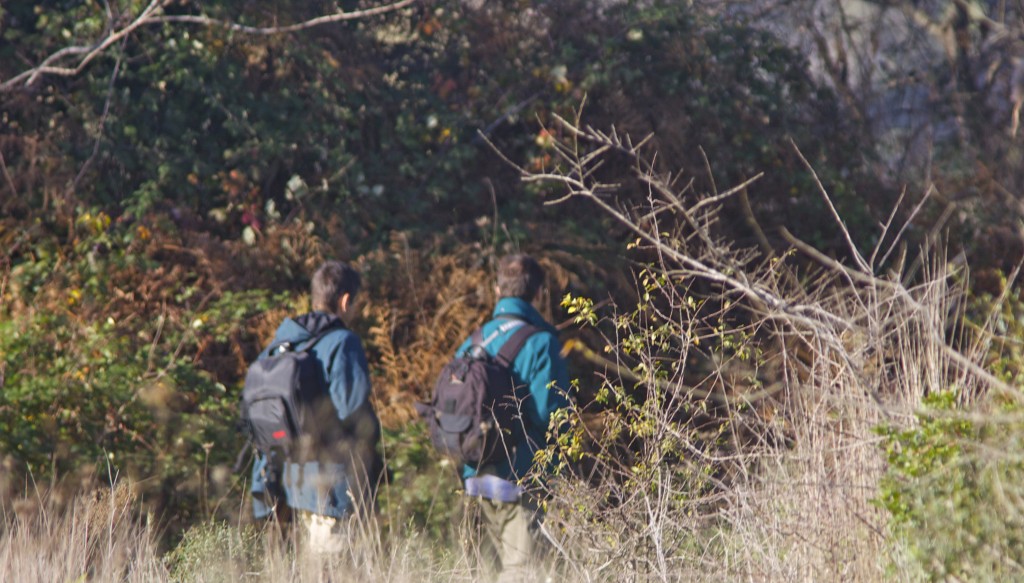
- Fellow birders enjoying the beauty of the Tuscan coastline…
They explain to us that Tombolo di Feniglia has one of Italy’s most beautiful pinete, a long sandy dune covered in parasol pines and is also protected by a small nature reserve. Off limits to cars, the area is bursting with wildlife. While there is a long trail that leads to a beautiful beach**, we are immediately steered down to the lagoon side, since we are quickly losing light.
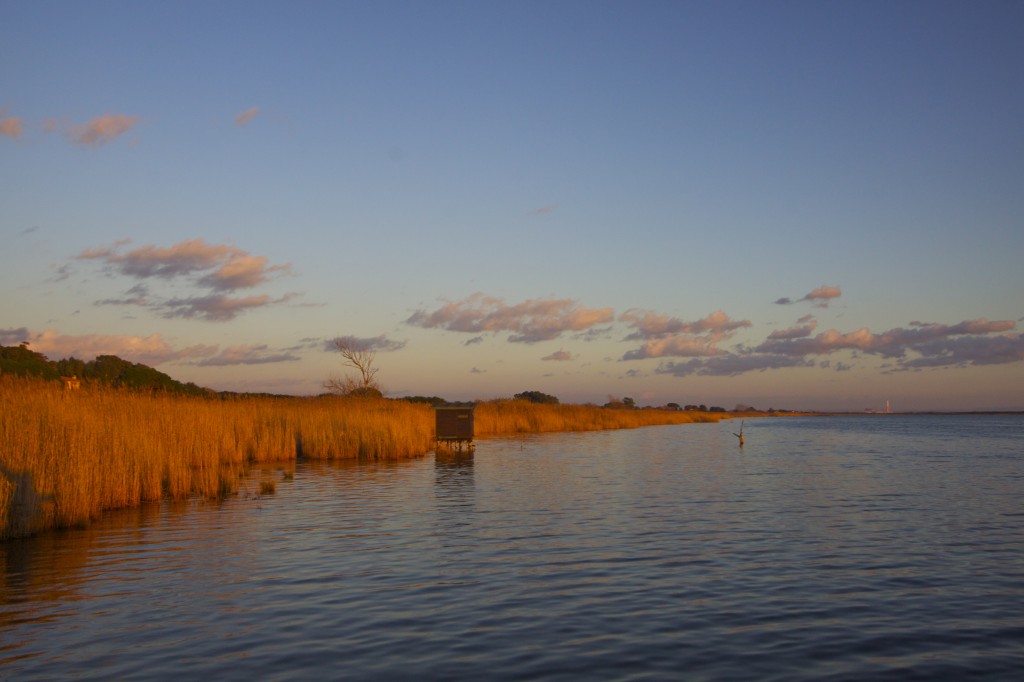
- The Lago di Burano at sunset
There, we encounter another handful of bird photographers. I am in awe. I have never been around so many enthusiasts at one time, nor have I ever seen so much beautiful equipment. This is dreamy.

- Bird photographers at Lago di Burano
Notable species include the Bluethroat, Great Spotted Cuckoo, Great White Heron and the Velvet Scoter. Completing the scenic picture – which is captivating at dusk, with the sun behind Monte Argentario – is a superb and mysterious looking tower, the Torre di Burinaccio. Though you can walk onto the enclosing beach, access to the lagoon itself is restricted, as Burano is a highly protected nature reserve. On this day, we had special permission.
As the final rays of the auburn, Tuscan sun descend behind the Argentario peaks, we birders hustle to photograph just a few more images of the birds in this magnificent setting….
Silence.
For at least ten minutes, nobody utters a single word. All I hear is nature…. and the sound of humans mightily attempting to capture its essence. Click, click, click, quaaaaack… Click, click, quaaaack, click, quaaack, quack, quack, click, click, click. Quaaaack.
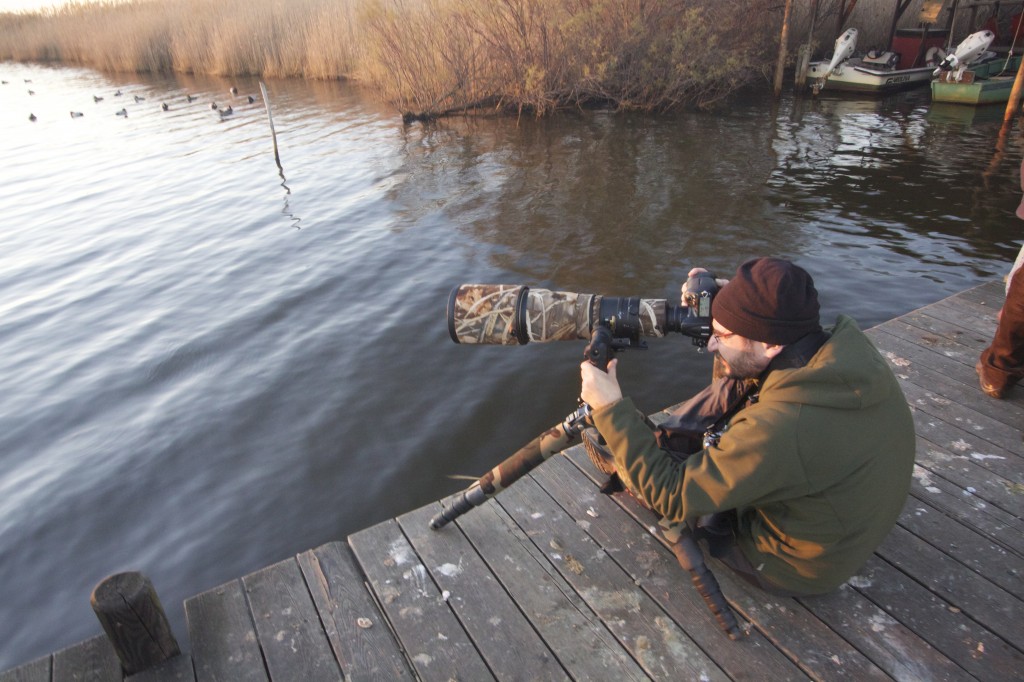
- One bird paparazzo snapping away
It is officially twilight. Without communicating, we pack up our gear and each scan the lagoon once more, as though maybe – just maybe – we will see something rare and incredible. I love this about birders. The simple act of checking one last time is reflective of a distinctive characteristic shared by most wildlife watchers: fervency. I am not speaking of passion in a typical sense, however; I am referring to a learned acceptance and appreciation for the ephemeral quality of nature. A considerable amount of exposure to wildlife will shape any individual’s perspective on life – its cycles, its mystery, its calamities, its splendor. It is that awareness – conscious or unconscious – which often influences the way birders approach life. It is as though we are always looking for the magic, unwilling to miss it and willing to do anything in our power to just get a glimpse of it…
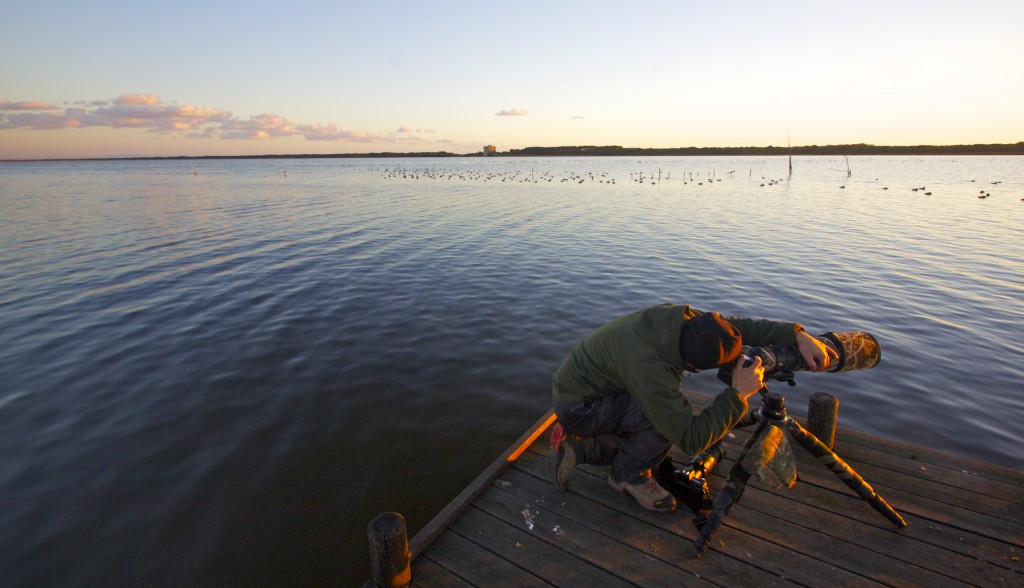
- Just one more shot, I swear!
And when we can’t get a glimpse of it right then, we share stories of the times we have. The group makes its way back up to a small educational center at the reserve. We enjoy some coffee and spend the next couple of hours listening to some fascinating birding stories… Sigh…
The Lago di Burano and the Orbetello lagoon are recognized as wetland habitats of international significance. Though not typically incorporated into your average Tuscan travel itinerary, I hope that, given the chance to explore, you, too, will one day enjoy the majesty of Orbetello.
Happy Birding!
Danielle
* L’Oasi di Protezione della Laguna di Orbetello and the Lago di Burano offer guided tours in Italian from September through April. Tours are available Sunday & Thursday at 10am & 2:30pm and cost 5 euro. The entrance to the reserve is off the main road 2 km south of Albinia marked by a small panda sign. For further information, please contact the tourist office at Orbetello ( 0564/870198 or oasiorbetello@wwf.it) or Burano (0564/898829 or lagodiburano@wwf.it)
** If you continue to walk through Ansedonia, and then along the beach south for about an hour you’ll reach the Lago di Burano.












